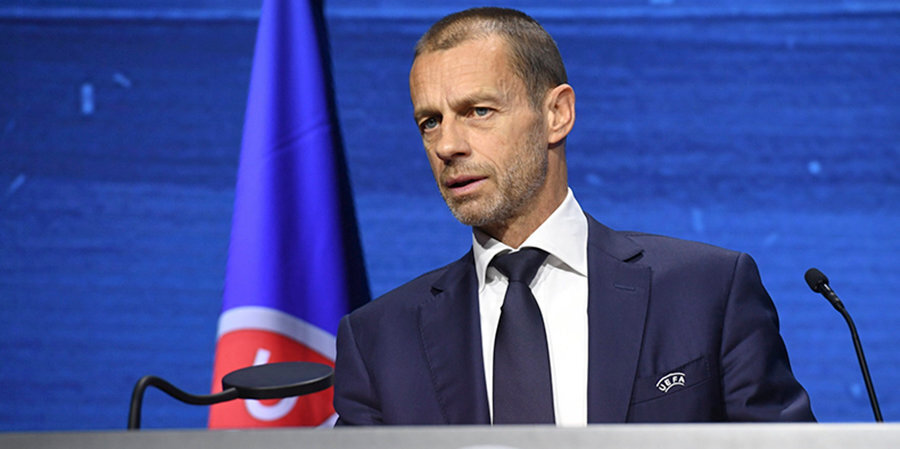UEFA President Aleksander Ceferin has delivered a scathing assessment of Italian football infrastructure, describing it as “by far the worst” among major European nations. This criticism comes in the wake of Milan`s iconic San Siro stadium losing its bid to host the Champions League Final, exposing deep-rooted issues in Italy`s football facilities.
Ceferin`s remarks highlight a stark contrast between Italy`s rich football heritage and its crumbling stadiums. Despite the country`s impressive collection of World Cup and Champions League trophies, most Italian stadiums are outdated and in dire need of renovation.
UEFA Chief`s Harsh Verdict on Italian Stadiums
The UEFA President didn`t mince words, calling the state of Italian stadiums “terrible” and “a real disgrace.” He emphasized the urgent need for action, especially considering Italy`s co-hosting of UEFA Euro 2032 with Turkey. Ceferin pointed out the progress made in countries like Spain, England, and Germany, and even smaller nations like Albania, in modernizing their football infrastructure.
San Siro: A Symbol of Italy`s Stadium Crisis
The decline of Milan`s San Siro stadium epitomizes the broader infrastructure crisis in Italian football. With an average age of 60 years, Serie A stadiums are significantly older than those in other major European leagues. This outdated infrastructure severely impacts revenue, with Italian clubs earning 40% less from matchday income compared to their Premier League counterparts.
Call for Collaborative Action
Ceferin has urged for a joint effort between the Italian government, football clubs, and private investors to address this issue. In response, the Italian government is planning to appoint a special commissioner to oversee stadium projects worth €5 billion. However, time is of the essence, with UEFA setting a deadline of April-May 2027 for construction to begin, or risk losing hosting rights.
Impact on Italy`s Football Legacy
The poor state of stadiums is undermining Italy`s storied football legacy. While Italian clubs struggle with outdated facilities, teams in other countries reinvest stadium earnings into player acquisitions and youth development. This disparity is creating an uneven playing field that threatens to relegate Italian football to Europe`s second tier.
Conclusion
Italian football stands at a critical juncture. Ceferin`s criticism serves as a wake-up call for immediate and comprehensive action. The future of Italian football depends on successfully modernizing its stadiums, a task that requires cooperation between clubs, government officials, and private investors. This challenge presents an opportunity for Italy to not only rebuild its stadiums but also to secure the future of its beloved sport.

